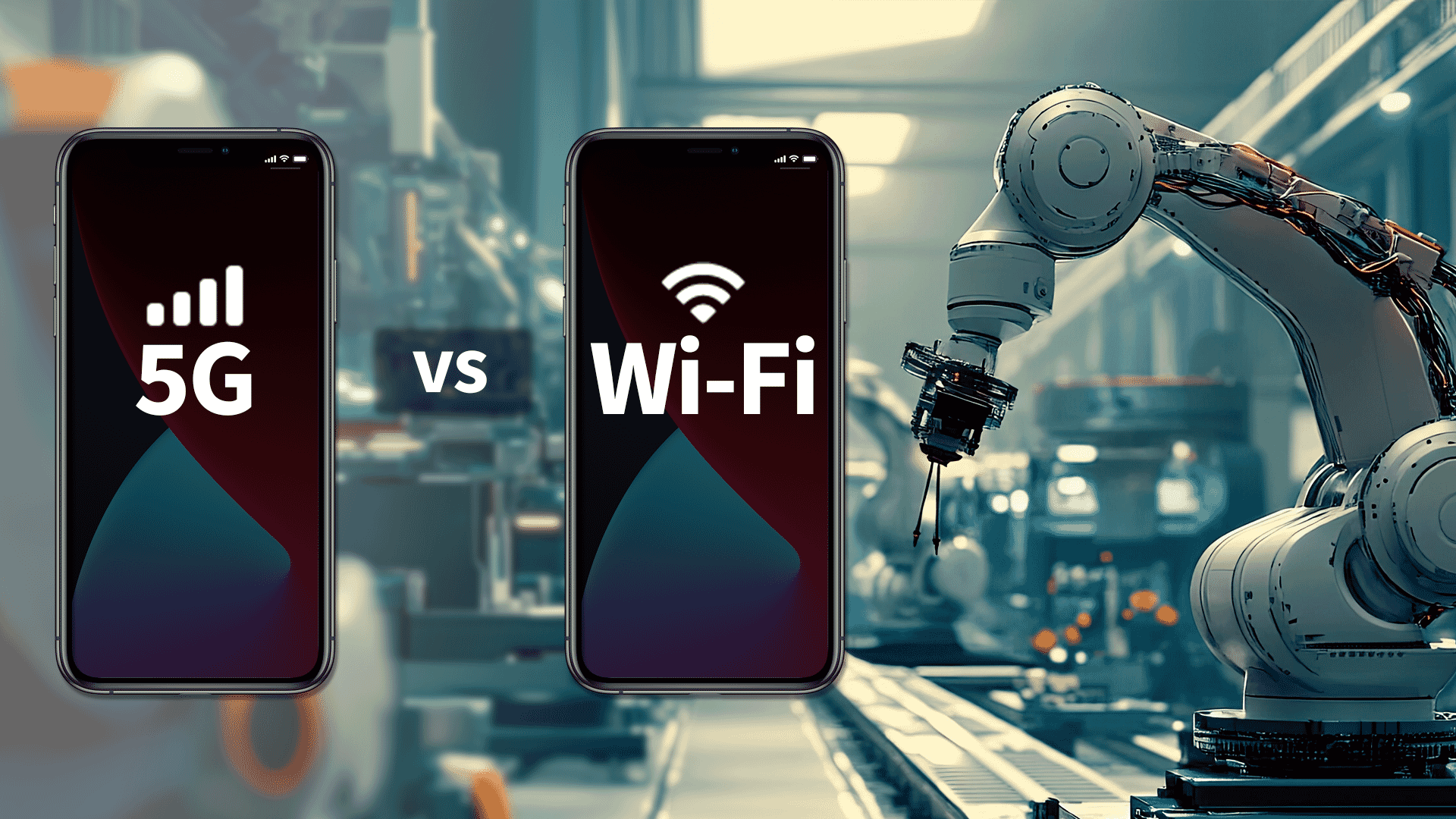Dave’s Thoughts – Connectivity in Industrial Spaces
What does the future of connectivity look like in the industrial and manufacturing space? This question has increasing import. Especially with the advent of Industry 4.0 and new technologies on the factory floor such as robotics and 3D printing, factories and warehouses need reliable and efficient network connectivity like never before.
Of the options available there are two different wireless solutions that consistently come up as the top choices: Wi-Fi and cellular small cells. There are numerous papers, reports and studies mostly sponsored by those with an axe to grind supporting one or the other solution. Each puts forth convincing arguments for their technology.

There are strong opinions on which is best, but as usual, it’s not a simple answer.
There are pros and cons for both. Here’s my take on it:
Advantages of using small cells include lower and more predictable latency. Coinciding with the introduction of the 3.5GHz CBRS band this has been spurring on the deployment and use of private 5G indoor networks.
What they don’t talk about is the requirement for precise timing synchronization between the small cells, the need for SIM cards and the fact that a small cell is generally more expensive than an AP.
When we flip to Wi-Fi APs as a solution, people talk about the vast ecosystem of Wi-Fi APs and built in client devices. Those in favor will also reference the huge capacities available in Wi-Fi – 10Gbps or more, and how easy it is to deploy and install APs as there are no timing requirements for this approach.
And the downsides? You can infer from what is written above –latency control is not as precise or reliable. In addition, without a physical SIM authentication methodology there could be some security issues. Also, if you don’t do proper planning you can suffer from self-interference.
Which one will “win the battle?” There isn’t a clear winner. My personal prediction is that the best solutions will be a mix of both, depending on a site’s specific requirements. One use case may need reliable latency as the primary feature, another may have ease of use as the most important facet – I believe we will see both going forward.
Whatever happens, we will all have ringside seats to watch this fascinating new application develop, over the next few years.